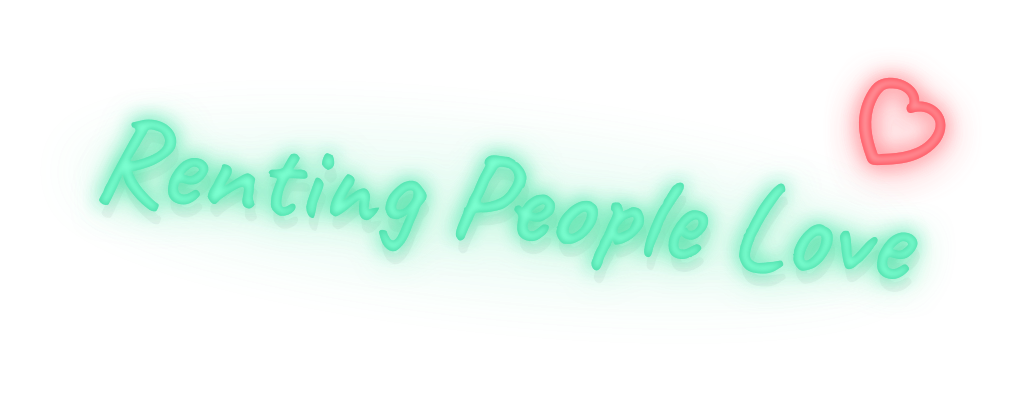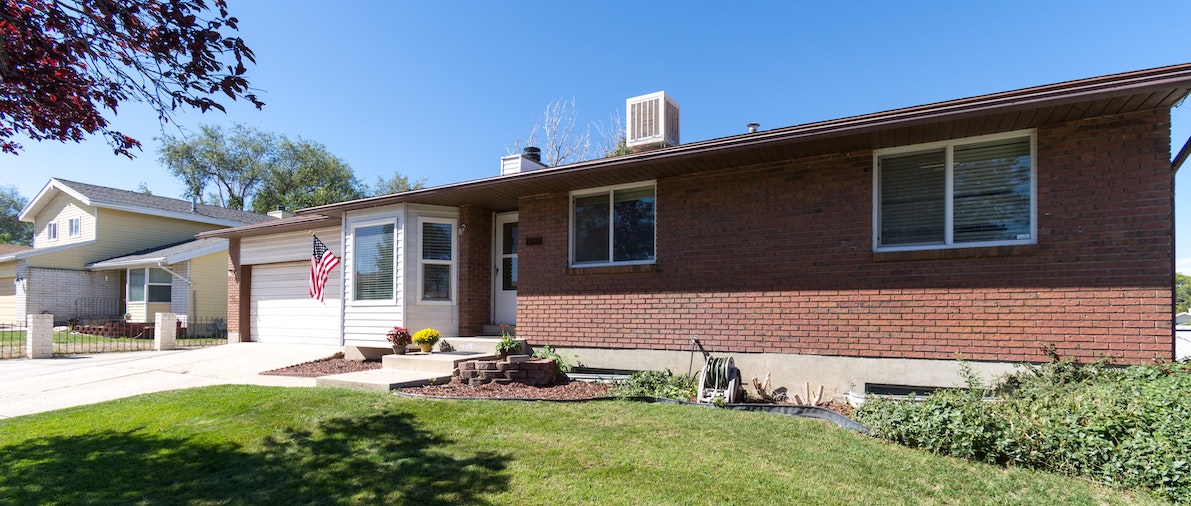Real Estate Investing
Property Taxes By State 2024: Ranked Lowest to Highest
Last Updated Nov 30, 2023


Table of Contents
- Key Takeaways
- What are property taxes based on?
- What states have the lowest property taxes 2024?
- What states have the highest property taxes 2024?
- Which states have no property taxes in 2024?
- U.S. States Ranked By 2024 Property Taxes
- U.S Counties with highest property taxes
- Stay on top of your rental home cash flow with Belong
Key Takeaways
- Property taxes are based on the assessed value of a home and vary depending on the tax rate and property value. If you own a high value property in a lower-tax state, you may still pay more than on a modest home in a higher-tax state.
- The states with lowest property tax include Hawaii with the lowest property tax rate at 0.29%, followed by states like Alabama, Colorado, Nevada, and Louisiana.
- New Jersey has the highest property tax rate at 2.47%, followed by Illinois, Connecticut, New Hampshire, and Vermont.
- There are 14 counties with an estimated median property tax above $10,000 across California, New York, New Jersey and Virginia.
Everyone pays property taxes. Homeowners and investors are the first to investigate states with the lowest property taxes, but residents also benefit from the funding in communities that local property taxes provide (like schools, roads, and fire departments). That means everyone should get curious about property taxes.
How much a homeowner will pay in property taxes has as much to do with the tax rate as it does with that property’s value.
When you’re looking to analyze your cash flow or want to better understand the annual costs of a rental home, it’s important to know what tax rate you might pay in your state (and whether your property is in one of the states with the high or low property taxes!). Note that property taxes apply at a local level, so state percentages are based on medians rates.
Discover Belong PRO: Enhance your rental home experience and financial goals with Belong's simplified services, available in various cities including Seattle, San Francisco, San Diego, Los Angeles, Tampa, Orlando, Jacksonville, Miami, Oakland, Redmond, and many more.
What are property taxes based on?
Property taxes are based on the assessed value of your home. Though the assessor doesn’t set the tax rate, their assessment of your home value is a key piece of the property tax equation.
Some municipalities use what’s called a mill levy, where 1 mill = $1 of property tax for every $1,000 of assessed value. Others use a property tax rate. Assessed value is calculated as a percentage of the property’s fair market value.
For example, if you owned a home in California that was valued at $573,200, and the property tax rate for 2023 is 0.75%, you would owe $4,279 in property taxes this year.
That’s why, when it comes to calculating the annual cash flow on a rental home, the property tax rate is equally as important as the home’s assessed value. Even if the state has a low average property tax rate, you may still pay more per year in property taxes if home values are higher than you would in a state with a higher tax rate but lower average home values.
To make the right decision for you, consider the effective property tax rates by state, starting with the states with the lowest property taxes. This data is based on the 5-year average US Census data, calculated by dividing the median real estate tax paid by the median home value. Your actual rate depends on the local city and the value of your home, so this should be used as an approximate guide only.
What states have the lowest property taxes 2024?
The state with the lowest property tax rate is Hawaii, giving investors even more reason to consider the Aloha State. Though their effective property tax rate is a low 0.29%, there are actually several states with property taxes under 1%. The states with an effective property tax of 0.5% or less are Hawaii, Alabama, Colorado, Nevada, Utah, South Carolina, West Virginia, and District of Columbia.
According to investment guide, The Motley Fool, here are the five states with the lowest property taxes in 2024, alongside their median home values and annual taxes, based on the latest available Census data and 5-year averages.
The states with the lowest property taxes are:
1. Hawaii
Average Effective Property Tax Rate: 0.29%
Annual Taxes On a Median-Priced Home: $1,915
2. Alabama
Average Effective Property Tax Rate: 0.43%
Annual Taxes On a Median-Priced Home: $742
3. Colorado
Average Effective Property Tax Rate: 0.52%
Annual Taxes On a Median-Priced Home: $2,125
4. Nevada
Average Effective Property Tax Rate: 0.55%
Annual Taxes On a Median-Priced Home: $1,793
5. Utah
Average Effective Property Tax Rate: 0.57%
Annual Taxes On a Median-Priced Home: $1,972
Though a low average effective property tax rate may sound ideal, it’s not the only property tax figure that counts. The actual amount a homeowner will pay has everything to do with that home’s value. Homeowners in Alabama, for example, may pay less per year in property taxes than Hawaiian homeowners, for example, because most home values in Alabama are lower than those in Hawaii.
Investors need to consider not only the property tax rate, but what that means for their specific property.
What states have the highest property taxes 2024?
The state with the highest property tax rate is New Jersey. The actual rate paid will depend on the value of your property, but the property tax on a median-priced home in New Jersey has averaged more than $8,000 per year in the 5-year averages. The top-5 most expensive states for property tax have a rate between 1.9% - 2.46% and include New Jersey, Illinois, Connecticut, New Hampshire and Texas.
The top-5 states with the highest property taxes:
1. New Jersey
Average Effective Property Tax Rate: 2.46%
Annual Taxes On a Median-Priced Home: $8,928
2. Illinois
Average Effective Property Tax Rate: 2.29%
Annual Taxes On a Median-Priced Home: $5,213
3. Connecticut
Average Effective Property Tax Rate: 2.16%
Annual Taxes On a Median-Priced Home: $6,251
4. New Hampshire
Average Effective Property Tax Rate: 2.09%
Annual Taxes On a Median-Priced Home: $6,235
5. Texas
Average Effective Property Tax Rate: 1.90%
Annual Taxes On a Median-Priced Home: $4,399
Which states have no property taxes in 2024?
What about the states that have no property tax at all? If it sounds like a dream, that's because it is! There is no state in the U.S. that has no property taxes, largely because states actually need taxes to fund critical initiatives. Property taxes help fund vital services that all citizens need and have access to including schools, fire and police departments, water districts, and libraries.
U.S. States Ranked By 2024 Property Taxes
Ranked from lowest to highest, these are the average property tax rates in the U.S. in 2024:
- Hawaii: 0.29%
- Alabama: 0.43%
- Colorado: 0.52%
- Nevada: 0.55%
- Utah: 0.57%
- South Carolina: 0.58%
- West Virginia: 0.59%
- District of Columbia: 0.59%
- Arizona: 0.60%
- Wyoming: 0.61%
- Delaware: 0.62%
- Louisiana: 0.62%
- Idaho: 0.63%
- Tennessee: 0.65%
- Arkansas: 0.66%
- North Carolina: 0.80%
- Mississippi: 0.81%
- California: 0.81%
- Virginia: 0.83%
- Indiana: 0.83%
- Montana: 0.83%
- New Mexico: 0.84%
- Kentucky: 0.89%
- Florida: 0.89%
- Oregon: 0.92%
- Washington: 0.93%
- Georgia: 0.95%
- Oklahoma: 0.99%
- Missouri: 1.00%
- North Dakota: 1.02%
- Maryland: 1.07%
- Minnesota: 1.10%
- Massachusetts: 1.19%
- South Dakota: 1.24%
- Alaska: 1.24%
- Maine: 1.29%
- Kansas: 1.40%
- Michigan: 1.45%
- Rhode Island: 1.54%
- Pennsylvania: 1.56%
- Ohio: 1.57%
- Iowa: 1.59%
- Nebraska: 1.70%
- Wisconsin: 1.71%
- New York: 1.73%
- Vermont: 1.89%
- Texas: 1.90%
- New Hampshire: 2.09%
- Connecticut: 2.16%
- Illinois: 2.29%
- New Jersey: 2.46%
U.S Counties with highest property taxes
The state medians don’t always paint the most accurate picture of what you’ll actually pay in property tax either, because your home could be worth considerably more than the state median. At a county level, the survey data only tracks median real estate tax paid up to $10,000. That means there’s no currently available data on the actual highest rate of property tax you could pay. But according to investment resource, Motley Fool, these 14 counties hold the unenviable title of most expensive property taxes with the median estimated above $10,000.
Counties with a median property tax of $10,000 or more:
- Marin County, California: $1,146,900
- Bergen County, New Jersey: $501,400
- Essex County, New Jersey: $416,600
- Hunterdon County, New Jersey: $440,100
- Morris County, New Jersey: $480,200
- Passaic County, New Jersey: $363,300
- Union County, New Jersey: $396,500
- Nassau County, New York: $567,200
- New York County, New York: $1,029,900
- Putnam County, New York: $383,300
- Rockland County, New York: $471,000
- Suffolk County, New York: $435,000
- Westchester County, New York: $583,600
- Falls Church city, Virginia: $895,000
Stay on top of your rental home cash flow with Belong
Though you could wait for your county treasurer to send you a property tax bill, it’s better to understand your local tax code so there are no surprises come tax season.
Property taxes are just one of the many complex expenses that impact your cash flow. To help you stay on top of incoming and outgoing expenses on your rental home, Belong app keeps everything visible right within the Belong app. When it comes to unexpected costs like maintenance or repairs, there’s even the option to finance the cost and spread repayments over the term of your lease with Split It.
See why thousands of US homeowners are ditching outdated Property Management in San Francisco, San Diego, Los Angeles, Tampa, Jacksonville, Concord, Berkeley, Orlando and more.
About the author
Melanie Kershaw
Mel Kershaw is a Content Lead at Belong. With an extensive background working with technology companies including Eventbrite and Yelp, she’s always looking for ways to create educational and informative articles that simplifies tech and solves problems for her audience.





